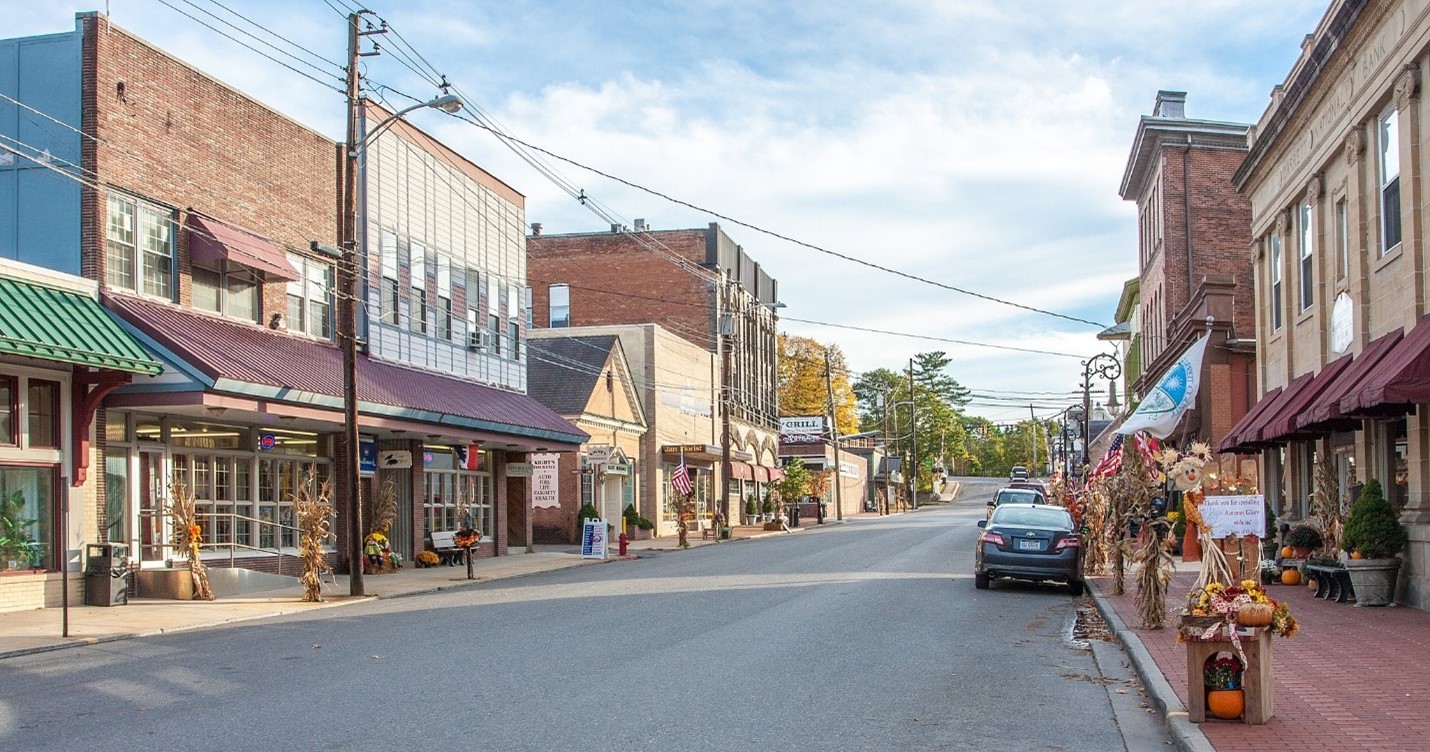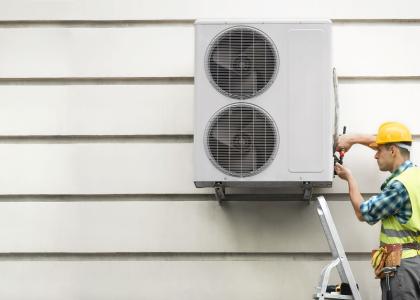Maryland’s Transportation and Climate Alignment Act would alter how the state Department of Transportation allocates funding to projects across the state. The shift could mean more funding for rural transit, pedestrian safety projects, and other investments that support rural communities.
Transportation is the second-highest household cost on average, behind housing, according to the U.S. Bureau of Labor Statistics. And in Frostburg, a small community in western Maryland, residents spend 24% of their income on transportation—even more than they spend on housing (19%). However, a bill in the legislature would make it easier for rural Marylanders to save on gas costs while reducing greenhouse gas emissions.
The Transportation and Climate Alignment Act of 2025 (TCA) would likely result in a greater share of existing transportation funds being allocated to improve travel options like public transit, biking, and walking. Owning and operating a car is a significant expense; however, improvements like these can make it feasible for Maryland households to switch certain trips to more affordable options, saving on gas and maintenance costs. Gasoline alone eats up 4.4% of rural households’ income on average. Some may be able to save even more by transitioning from two-car to one-car households, reducing costs on insurance and car payments.
Changes to budgeting process would direct more funds to lower-cost and cleaner mobility
TCA would alter how the Maryland Department of Transportation (MDOT) develops its Consolidated Transportation Program (CTP), a six-year transportation budget that is updated annually. Each year, in the early stages of CTP development, Maryland counties submit a list of the projects they would like to receive funding. Many of these projects, including sidewalks and safe pedestrian crossings, bike paths, and additional funds for transit service, don’t make the cut due to budget constraints.
If passed, TCA would likely lead to more funding for clean transportation projects like these because it would require MDOT to estimate the emissions increase resulting from major capital projects (like highway widenings) and fund projects that will offset this increase. Additionally, MDOT would be required to develop the CTP in a way that aligns with the state’s climate goals.
Maryland would not be the first state to implement a policy like this. Colorado passed a similar law in 2021 and has already seen early results; the following year, the state ditched plans to widen a major interstate in Denver, instead opting to invest heavily in bus rapid transit. Induced demand, or the concept that widening existing roadways results in more total miles being driven, is strongly backed by research. According to a review of several studies, adding 10% more lanes to a roadway typically results in a 3%–6% increase in vehicle miles traveled within two years, and a 6%–10% increase within five years. This means that adding more lanes to roads not only increases greenhouse gas emissions but also yields little in terms of long-term congestion relief.
Rural Maryland cities and providers weigh in
In Frostburg, a community of 7,000 people, city planners hope to receive funding from MDOT to address one of their top concerns: pedestrian safety. The city is geographically small—covering an area of only 3.3 square miles, less than half the size of Annapolis—and many destinations are within walking distance of each other. However, according to Hayden Lindsey, director of public works for the City of Frostburg, only a quarter of streets in the city have sidewalks. “If you stand outside of Mountain Ridge High School, you can see two supermarkets and a McDonald’s. But it’s safer to walk to the parking lot, get in your car, and drive because there’s zero pedestrian infrastructure,” Lindsey said.
The city has sought funding for sidewalks and other walkability improvements at a nearby intersection for years but hasn’t obtained it. If TCA becomes law, projects like this may get funded as an offsetting activity because it provides an alternative to driving. Safety enhancements like these can also help rural communities—which experience a disproportionately high rate of traffic fatalities—see fewer roadway deaths and serious injuries.
Oakland, Maryland is the base of operations for Garrett Transit Service. It's the second-largest town in Garrett County, which is home to 28,423 people. Photo credit: Cecouchman, CC BY-SA 3.0, via Wikimedia Commons
In the westernmost county in Maryland, Garrett County, transit agency staff are seeking funds to continue providing medical transportation for residents. “We have a small hospital, but most medical specialists are out of county and are at least an hour away,” said Cody Kroll, director of transportation at Garrett Transit Service (GTS). “We provide rides from Oakland to medical appointments in Cumberland, which is over 40 miles one way, and even to Baltimore, which is about 3 hours one way.” For these long-distance trips, which are taken on 12-passenger buses, Kroll hopes to transition their fleet to smaller, more fuel-efficient vehicles to save on gas and maintenance.
However, funding is a major barrier. GTS faces a $500,000 deficit. The agency had to temporarily suspend out-of-county trips (including those to Cumberland) and community members showed up in force at a public meeting to share their concerns. If TCA passes, it could mean not only more money to cover gas and maintenance expenses, but also a quicker transition to smaller vehicles, resulting in a more sustainable cash flow for the agency.
The funding for improved transit service and pedestrian safety projects would not need to originate from a new source; rather, MDOT would continue to select projects for the CTP under existing budgetary constraints. TCA would support proactive, climate-conscious planning from the start of the CTP development process, beginning with the 2027–2032 CTP. Requirements to offset increased emissions from highway expansions wouldn’t apply to highway projects that have been funded for construction or completed an environmental review process before July 1, 2025.
Public, regulators support proposed changes
According to a poll commissioned by the Sierra Club Maryland Chapter, rural Marylanders see the value in shifting state and federal dollars in such a way, with 75% supporting “the state investing in more public transit, walking and biking infrastructure to offset pollution caused by highway expansion projects that increase driving.”
The expected impacts of TCA, from savings on gas and maintenance to safer roads and improved access to critical destinations, strongly outweigh the minor additional burden on MDOT to evaluate the emissions impact of projects. MDOT itself agrees. At a Senate committee hearing in January, MDOT assistant secretary for planning and project development Joe McAndrew expressed support for the bill. He said, “There is a $1.5 million cost to update our transportation travel demand model. That is a model that hasn’t been largely updated since 2008, 2009. . . . There are a lot of advancements that we can do. And this, in our opinion, is adopting best practices, not just in the climate space but other types of best practices within travel demand modeling that we will be doing with that investment.”
With Maryland facing a substantial budget shortfall and the governor proposing significant cuts to climate programs, TCA offers legislators an opportunity to advance climate goals and help rural communities without having to generate more funds for transportation projects.




